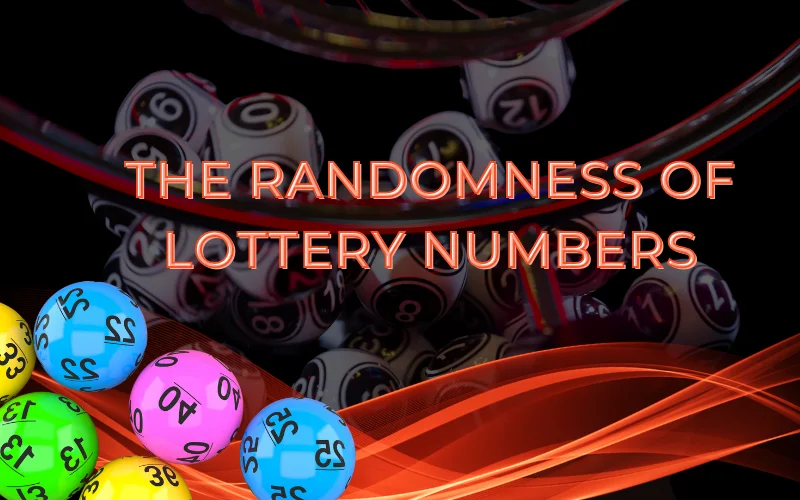Have you imagined how lottery numbers are chosen and what are chances of hitting the jackpot? The process behind selecting lottery numbers might seem mysterious, but it’s all about probability and randomness. Join us as we delve into the science behind lottery numbers.
How Lottery Numbers are Chosen
Lotteries employ various methods to select winning numbers, ensuring fairness and transparency in the draw process. The two primary methods used are mechanical drawing and computer-generated randomization.
Mechanical Drawing
Description: In traditional lotteries, numbered balls are placed in a mechanical drum or container.
Process: An official spins or mixes the drum, then randomly selects balls through a chute or opening.
Fairness: Auditors and officials oversee the process to prevent tampering and ensure each ball has an equal chance of being drawn.
Computer-Generated Randomization
Description: Modern lotteries increasingly use computer algorithms to generate random numbers.
Process: Sophisticated software creates random sequences based on complex mathematical formulas and inputs.
Fairness: Algorithms are rigorously tested and audited to ensure true randomness and comply with regulatory standards.
Hybrid and Other Methods
Description: Some lotteries combine mechanical and digital methods for draws, ensuring redundancy and added security.
Process: Hybrid systems may use mechanical devices for drawing physical balls, with digital systems validating and recording results.
Fairness: These methods aim to combine the perceived fairness of traditional draws with the reliability of digital technology.
These methods ensure that lottery draws are conducted fairly and transparently, maintaining public trust in the integrity of the process.
Understanding Randomness
Lottery draws rely on randomness to ensure fairness and integrity in selecting winning numbers. This is achieved through random number generators, physical randomization methods, and independent audits, fostering public trust. Randomness eliminates manipulation or favoritism, ensuring an equal chance for all participants. Statistical analysis after draws reinforces transparency and upholds the impartial nature of the process, emphasizing that luck determines the winners.
Factors Influencing the Randomness of Lottery Numbers
- Random Number Generators (RNGs): The algorithm and seed used in RNGs determine the sequence of numbers generated, affecting randomness.
- Seeding: Initial values (seeds) used in RNGs influence the sequence of numbers produced, impacting the randomness of lottery draws.
- Mechanical Processes: Physical methods like mixing balls or using air-driven machines affect randomness by how well they randomize the selection.
- Auditing: Independent audits ensure that the drawing process is unbiased and adheres to regulations, maintaining the randomness of lottery numbers.
- Regulatory Standards: Standards set by regulatory bodies ensure that lottery systems and procedures are designed to maintain randomness and fairness.
- Technological Advances: Advanced technologies improve RNG algorithms and mechanical processes, enhancing the randomness of lottery draws.
The Science Behind Randomness
The science behind randomness in lottery draws is crucial for ensuring fairness and transparency.
Lottery draws use random number generation (RNG) with algorithms that begin with a starting point, such as the current time or other unpredictable factors. This starting point ensures that the sequence of numbers isn’t predictable, giving each number an equal chance of being picked.
In physical lotteries with balls in a drum, balls are mixed and chosen randomly. Air-driven machines or manual mixing methods ensure fairness by making it impossible to predict which ball will be selected next.
Independent auditors oversee these processes to ensure fairness and compliance with regulations. They check RNG algorithms, verify seed value security, and confirm physical methods are unbiased. After draws, statistical analysis compares results with expected probabilities to detect any irregularities.
Strategies for Lottery Winning Probabilities
Understanding the likelihood of specific number combinations and the concept of odds in lottery games is essential for making informed decisions:
- Number Combinations: Lotteries require selecting combinations of numbers from a defined range. Each combination has a calculated probability of being drawn based on the total possible combinations.
- Probability and Odds: Probability measures the likelihood of a specific combination winning. Odds express this probability as a ratio, such as 1 in 10 million, indicating how often a winning combination is expected relative to losing combinations.
- Calculating Odds: To determine odds, divide the total number of winning combinations by the total number of possible combinations. This ratio helps assess the chances of winning relative to other players.
- Strategic Insight: Knowing odds guides decisions on ticket purchases and number selection strategies. While odds of winning are often long, understanding them empowers players to approach lottery play with realistic expectations.
- Fairness and Randomness: Lotteries ensure fairness through random draws where each number has an equal chance of being selected, ensuring the integrity of the game.
Conclusion
Understanding randomness in lottery draws shapes strategies and perceptions significantly. It encourages players to rely on probability over superstition when choosing numbers, enabling more informed decisions. This understanding also promotes trust in the fairness of lottery systems, emphasizing equal chances for all participants. Overall, grasping randomness enhances player confidence and improves their overall approach to playing the lottery.








